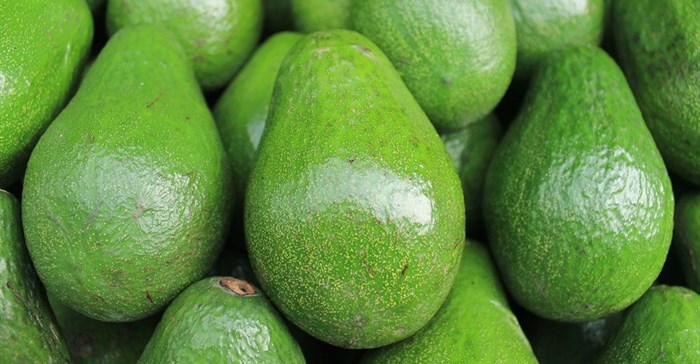Avocado farmers may be able to stabilise their year-on-year harvest and returns with the introduction of new technology. This will lead to better planning, decision-making and greater security. According to business development manager of plant nutrition at Laeveld Agrochem, Nico Claassens, avocado and many other crops such as citrus, nuts and deciduous fruits adapt an alternative bearing cycle - an on-crop/off-crop cycle, alternating each year. “This means that the return can fluctuate by more than 50% between an “on-year” and an “off-year,” says Claassens.
The balance between cytokinins and auxins determine alternating behaviour
New research by the University of California, Riverside, indicates that the fluctuation in the hormone balance between the cytokinins and the auxins in the plant plays the dominant role in determining the alternating behaviour of crops like avocados. At first, it was thought that it was only the carbohydrates in the plant that was the primary reason for this tendency and much research was done to ascertain how to stabilise the carbohydrate reserves or to top them up to that of an “on-year” level.
Cytokinins and auxins are both plant growth hormones which control the vegetative and reproductive growth of the plant. Cytokinins are produced in the underground parts of the plant and move upwards to stimulate lateral growth. Auxins are mainly produced in the plant’s seeds and move downwards to restrict lateral growth.
Thus, the development of the plant is controlled by the balance between the two hormones. An imbalance results in the plant when the one hormone overrides the working of the other. In the event of the auxin being overridden, the growth of both the bud and racemes is stunted which has a direct impact on the productivity of the tree. During an “on-year”, the plant’s seeds produce a lot of auxins which build up in the tree. The excess auxins suppress the production of cytokinins which has a negative impact on the new growth (buds) and flower development. Consequently, there will be a substantial decrease in production during the following season.
There are four mechanisms in woody plants which lead to this alternating behaviour, but only three are relevant to avocados. These are the inhibiting of vegetative summer bud growth (which produces more than 70% of the racemes and more than 80% of the determining racemes which form the resultant fruits), spring bud development and the formation of flowers.
Avocado harvests are determined by the development of the early summer buds. During the “on-years”, internode spring growth is restricted by the excess auxins which are produced through the fruit’s seeds. This leads, therefore, to fewer bearing positions per flower being available for the following season and a weaker quality of flower.
Claassens says that although cytokinins and auxins are now acknowledged to be significant role players in the alternating-behaviour problem, it is still imperative that a holistic approach is followed to ensure prolonged production. “Carbohydrates still play an important role in the plant reproduction and vegetative phases since it is the energy driver in the plant.”
The following steps are recommended to restrict alternating behaviour and to ensure more stable harvests:
1. Apply the correct pruning methods to stimulate new bud growth.
2. Get rid of excess fruits through pruning or fruit thinning.
3. Harvest the trees completely, as soon as possible.
4. Fertilise the tree according to the current season’s potential crop yield.
5. Supplement soil fertilisers with foliar feeding – which includes both plant nutrition elements and plant growth stimulants – during the critical phenological phases. The reason for this is that carbohydrate and other enzymatic reactions are still important as energy drivers in the plant. This energy cannot be switched on like a light switch a few days or weeks before the new season but needs to be built up during the whole growth season.
6. Use Plant Growth Regulators (PGRs), such as cytokinin, to reset the hormone balance to a pro-fruit set phase. Fortunately, technology has advanced to such an extent that PGRs can be artificially added. The type and timing of the application are important to ensure the required result.
Further research
In South Africa, Jakkie Stander of Citrus Research International is currently busy with similar research on citrus fruits.
Going forward, Laeveld Agrochem is going to do its own experiments on different products to test the trends, as well as to determine which type of cytokinin is the most effective.
At the moment, the flower and fruit sets indicate that it is going to be an “on-year” which makes it ideal to begin the tests in South Africa. Laeveld Agrochem is also going to give attention to the effective management of the nutrient needs of avocados and shall use its in-house precision services to monitor the results.





































